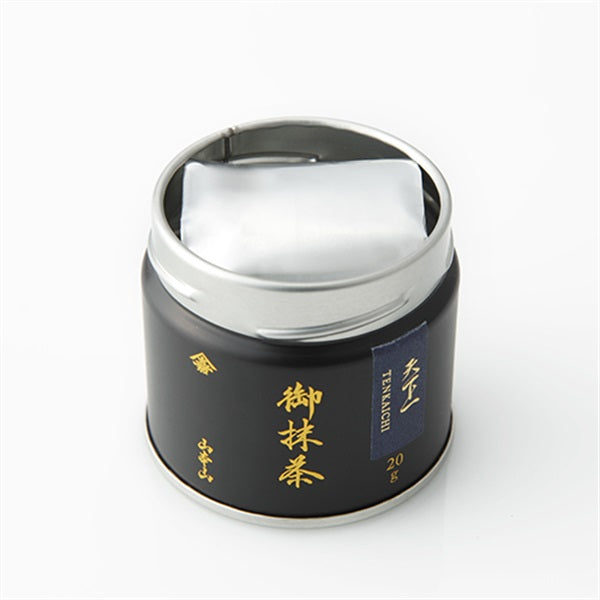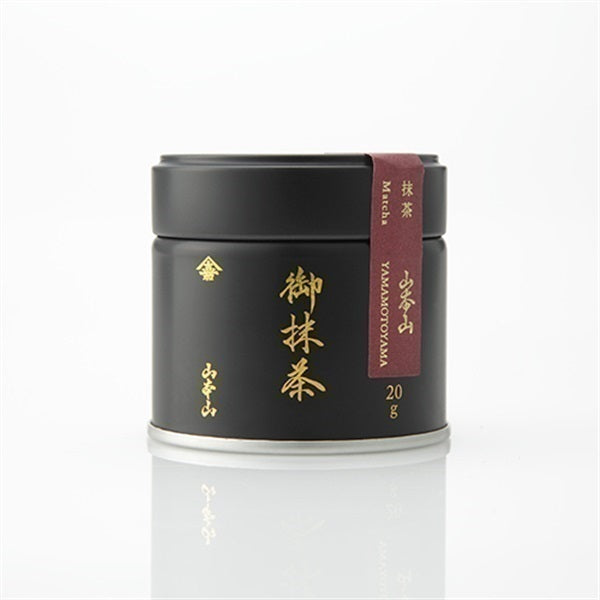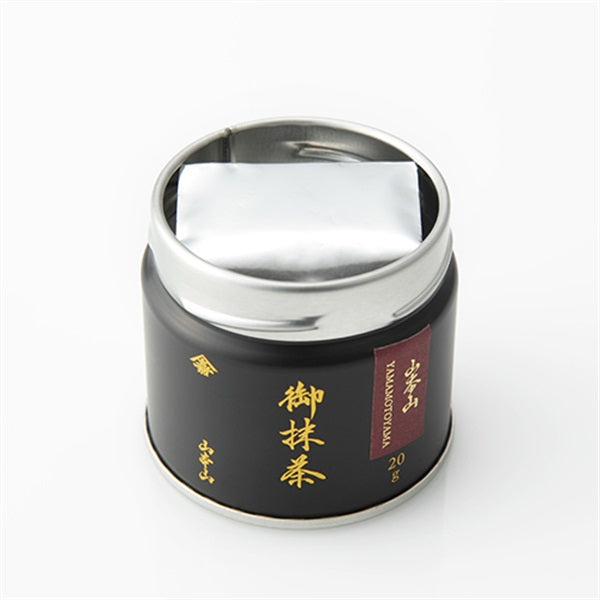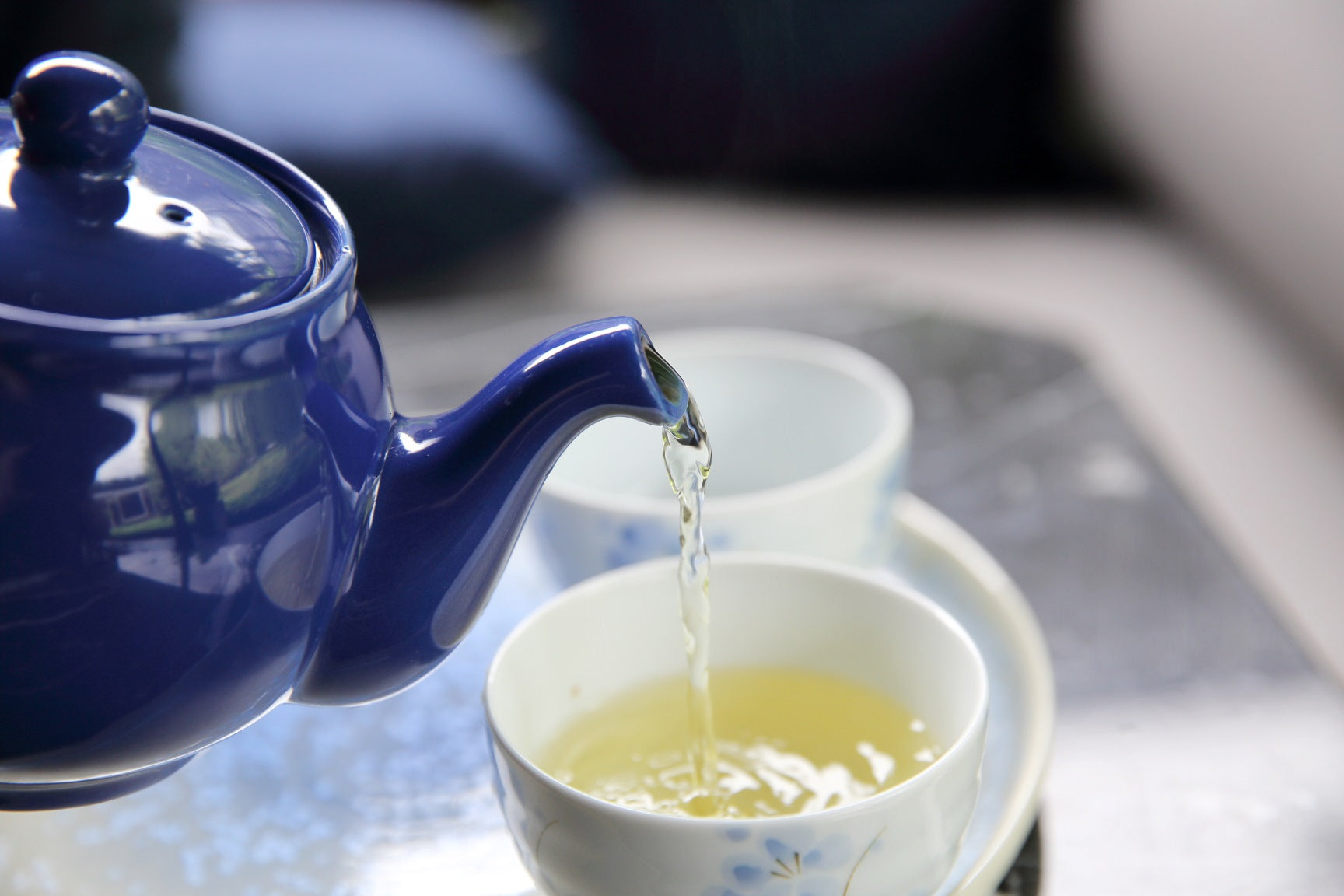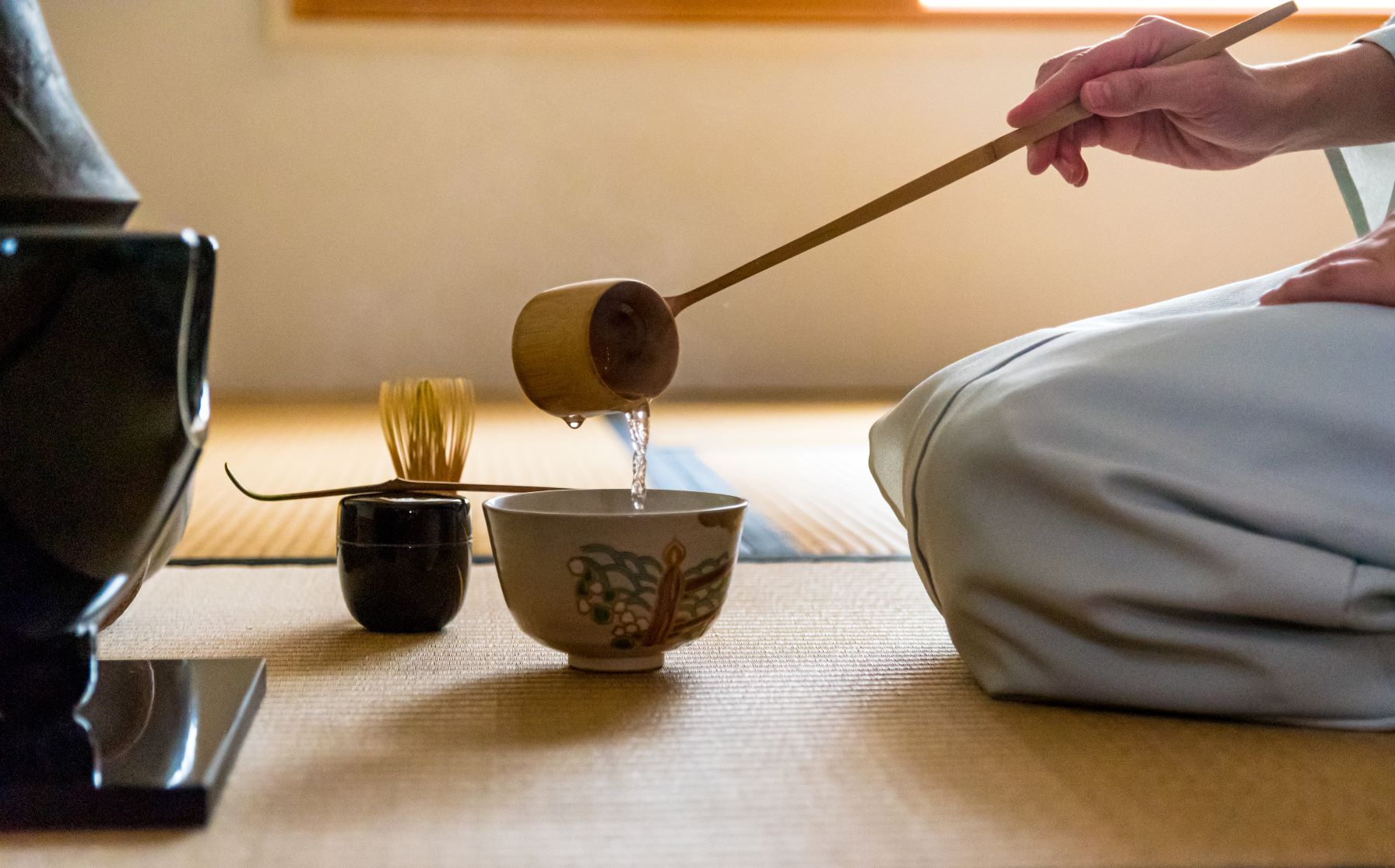
Make fluffy bubbles! How to make matcha at home
Introduction
Matcha is made by grinding "tencha" tea leaves into a fine powder using a tea mill.
The powder is dissolved in hot water and brewed with a bamboo whisk.
Perhaps because of its strong image as part of the tea ceremony, matcha is often seen as a different type of green tea, and not something that people drink on an everyday basis. However, as long as you have a "chasen" (tea whisk), it can be enjoyed very easily.
You don't need to worry about tea ceremonies or schools. You don't need expensive matcha bowls. You can use a cafe bowl that is a little deeper than a tea bowl. Enjoy matcha casually.
This time, we will introduce how to prepare matcha, why it is prepared differently from other teas, and points to be careful of when preparing matcha.

Why make matcha?
Some people may think it would be easier if they could just pour hot water over it and drink it straight away like other teas, but there is a good reason why matcha is drunk by standing it up.
The first reason is that matcha is difficult to dissolve.
Unlike sencha and other types of tea, matcha is a powdered substance that does not dissolve completely. Although it may appear to dissolve to a certain extent when hot water is poured over it, if the matcha powder is not stirred with a chasen (tea whisk), it will simply settle at the bottom.
Secondly, it makes the taste smoother. When matcha is brewed, the bitter components disperse, making the flavor smoother and bringing out the inherent umami and sweetness of tencha.
Unlike other teas, matcha is in powder form, which means you can consume all of the vitamin E and dietary fiber contained in the tea leaves. However, because it is rich in catechins, it can tend to taste quite bitter when simply dissolved in hot water.
By whipping the matcha, the bitterness and astringency are reduced, allowing you to more easily taste the inherent umami and sweetness of the tencha.

How to Brew Matcha
What to prepare (materials and tools)
- Matcha tea bowl (or cafe au lait bowl)
- Sencha tea bowl (used to cool the water. A 100cc bowl is easy to measure)
- Teaspoon
- Tea whisk
- hot water
- Water container (a container for pouring out hot water. A deep rice bowl can be used instead)
- Matcha
- Tea cloth (to wipe off moisture from matcha tea bowls)
- Tea strainer (to filter matcha)
Serving size:
- Matcha: Approximately 1.5 grams (1 heaped teaspoon)
- Amount of hot water: 70cc
- Temperature: 75-80℃

How to prepare matcha tea
1. Passing the tea through the whisk
Pour boiling water into a matcha bowl, place the chasen in it, and gently press the bottom of the chasen back and forth. Let the chasen swim until it softens a little.
Pour boiling water into a matcha bowl, place the chasen in it, and gently press the bottom of the chasen back and forth. Let the chasen swim until it softens a little.
This warms the matcha bowl and softens the chasen, preventing it from breaking (this is called passing the chasen through).
2. Strain the matcha into a tea bowl
To avoid lumps, the matcha you use should be sifted through a tea strainer beforehand.
Since matcha is a powder, static electricity and vibration can cause it to form lumps. If you pour hot water into the powder without straining it through a sieve, the lumps will float to the top and will not disappear no matter how much you stir it with a chasen, ruining the taste.
Place a tea strainer into a matcha bowl, measure out a heaping teaspoon of matcha, and brew the matcha into the matcha bowl.
Put one level spoonful (about 1g) into the strainer. If you have a tea scoop, use about one and a half scoops. Press the back of the teaspoon against the strainer to strain the matcha. This will remove any lumps.
3. Pour in cooled boiled water
The ideal temperature for matcha is 80℃, so you will need to cool the water.
First, pour hot water from a pot into the Sencha tea bowl until it is about 80% full. This will allow you to adjust the water temperature. Once it is about 80℃, pour it gently into the Matcha tea bowl.
4. Making tea
First, while supporting the bowl with your non-working hand, lightly stir the entire bowl with the tea whisk to remove any floating powder on the surface.
Once the powdery surface has disappeared, move the chasen quickly and whisk the matcha until it forms fine bubbles. The trick is to move the chasen quickly back and forth.
5. Finish by adjusting the foam
The final beating disperses the bitter components and makes the flavor even smoother. Once the foam is uniform, move the chasen in a "no" (figure "no") motion to create a creamy foam.
Drinks with fine bubbles have a gentle sweetness amidst the bitterness, but if the bubbles are not good, the bitterness will linger.
Once fine bubbles have formed throughout the tea, remove the whisk by pulling it vertically up from the center of the container, being careful not to crush the bubbles.

Tips for making good matcha
Hold the chasen between your thumb, index finger, and middle finger. It will be difficult to hold it upright if your wrist is tilted, so the key is to hold the chasen vertically.
Also, move the whisk slowly at first, then gradually move it faster.
Fine bubbles will form when you move the chasen quickly vertically with a snap of your wrist. Moving the whisk from left to right and right to left will help distribute the umami and bitterness evenly.

Finally
When you think of matcha as the tea ceremony, you might think that there are many different styles and methods, and it seems intimidating, but matcha is actually a type of green tea. All you need is a tea bowl and a bamboo whisk.
Depending on the school, there are differences in how the tea is made, with some making a lot of foam and others not, but for now, let's try making matcha to your liking without worrying about the small details.
Matcha is a symbol of Japanese tea ceremony culture. It was always there on the path of elegance perfected by the upper classes.
Even without the formalities, matcha is a special drink that allows you to experience Japanese culture and tradition. Why not try incorporating matcha into your daily life?




